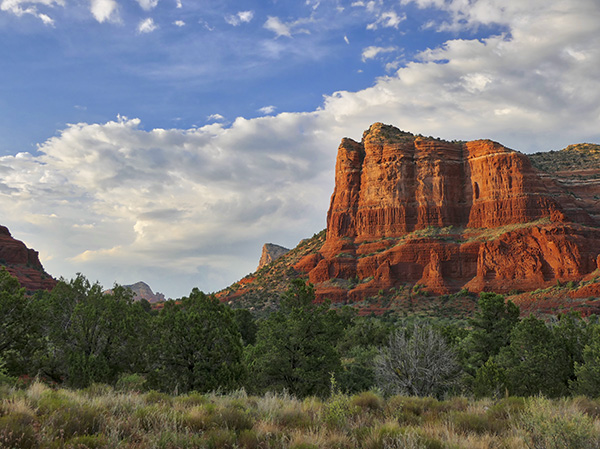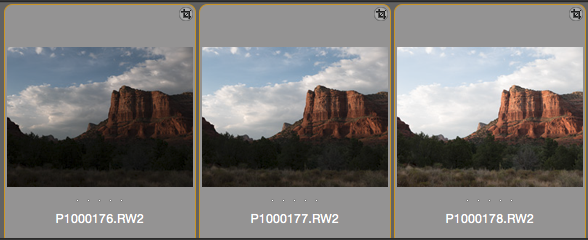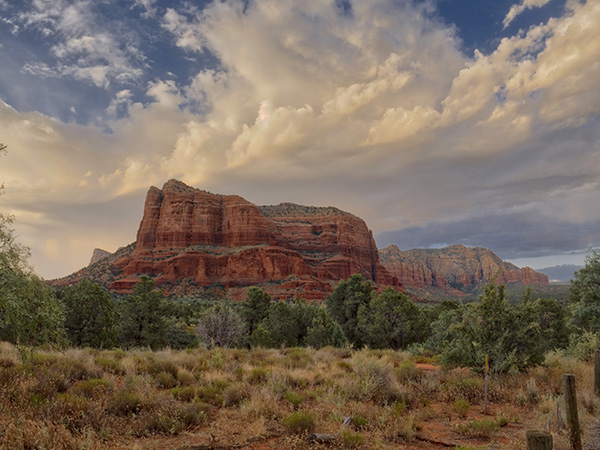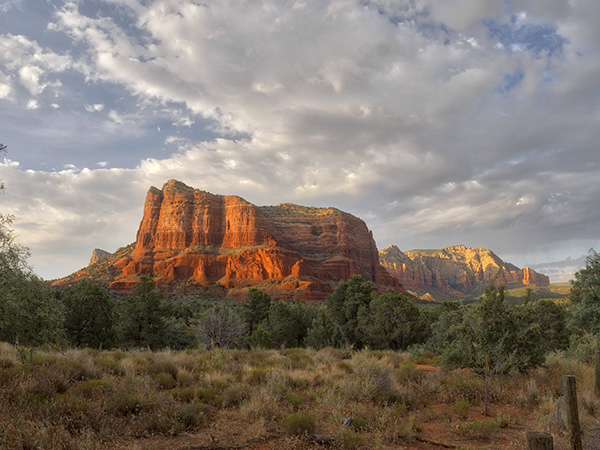Work the Scene for Best Results
There is one error that I see repeated in photographers work that come to me for some feedback.
Know what it is?
It’s getting to a beautiful scene and not working it to see how many different ways the scene can be photographed. There are many options for creating different looks on location. Here are a few ideas for expanding the number of bonafide keepers for your photo collection.
 First image of the evening. Photographed with the Lumix FZ2500 bracketed exposures due to foreground being in shadow. Processed in Aurora HDR 2017. I like Aurora because I can pull realistic HDR images without the “HDR!!” look.
First image of the evening. Photographed with the Lumix FZ2500 bracketed exposures due to foreground being in shadow. Processed in Aurora HDR 2017. I like Aurora because I can pull realistic HDR images without the “HDR!!” look.
 You can see when the detail in the clouds is good that the foreground is almost totally blocked up. I usually photograph a sequence of five exposures one stop apart. When processing I’ll sometimes use all five exposures. In this case I used these three.
You can see when the detail in the clouds is good that the foreground is almost totally blocked up. I usually photograph a sequence of five exposures one stop apart. When processing I’ll sometimes use all five exposures. In this case I used these three.
• Number One on my list is – Wait for different light.
Can’t tell you how many times a beautiful subject or scene is presented but the light was lacking or lack-luster. It’s all about the light people! I have witnessed some pretty terrible photographs of Cathedral Rock in Sedona, which is one of the top ten photographed places in Arizona if not the country. And, I’ve seen an exquisite photograph of a pepper. The difference is the light. When you get the chance spend more time on location waiting for the sun to change or do your best to return when weather,sunrise or sunset can add more interest to the beautful vista.
I know I said one error but as I was writing this post a couple more jumped into my head.
 Different view of the same scene a little while later. Made with the Lumix GH5 and the 12-60mm f2.8-4.0 lens
Different view of the same scene a little while later. Made with the Lumix GH5 and the 12-60mm f2.8-4.0 lens
• Number Two – Change your view
There are a veritable plethora of possibilites to accomplish this. Walk closer. Walk farther. Zoom in. Zoom out. Change lenses. Get your camera higher, or lower. Of course, this is in addition to working the light if at all possible.
 Here was another exposure made at a slightly later time when the clouds parted. I made all the exposures from a locked down tripod in order to be able to mix and match different moments in time.
Here was another exposure made at a slightly later time when the clouds parted. I made all the exposures from a locked down tripod in order to be able to mix and match different moments in time.
 Differnt exposures allow for different processing options to give make it possible to show a photograph of the scene as you saw it.
Differnt exposures allow for different processing options to give make it possible to show a photograph of the scene as you saw it.
• Number Three – Utilize available technology
When capturing images think about the scene. (we’re back to the light here) Is the enough dynamic range in your camera chip to capture all the detail you need in highlights AND shadows? If not, then please grab a few extra frames and process the images in HDR. I’m not necessarily telling you to go for the oveerprocessed, highly garish HDR techniques we have seen over the years. But with the correct technique you will have much better detail in the highlights and the shadows if you process properly without going over the top.
Yours in Creative Photography, Bob
PS – See more of this shoot in Part Two of Working the Scene





